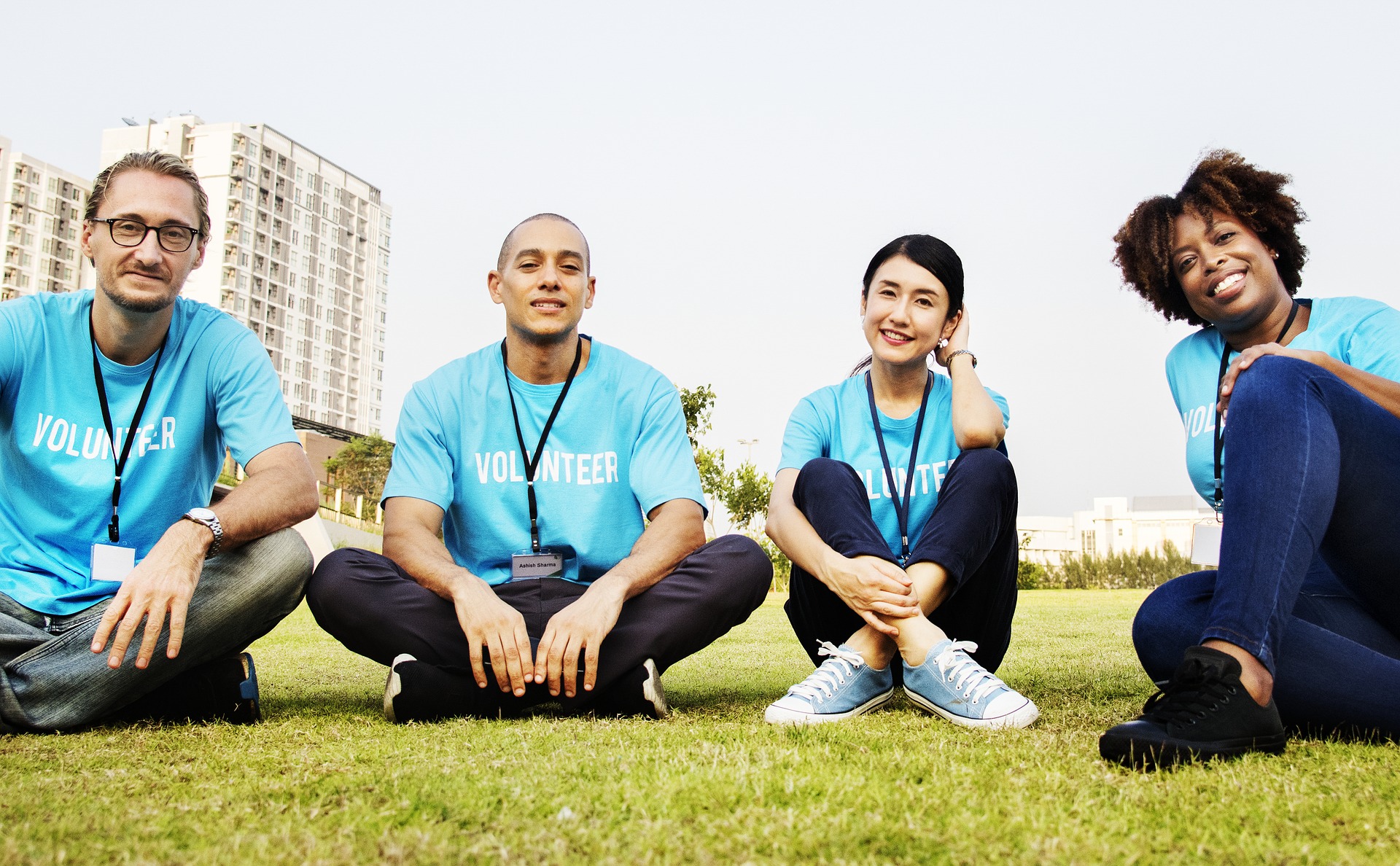School breaks usually mean visits to see family, vacations, or just time to relax. But, have you ever considered an alternative break? Alternative breaks vary, and can mean service learning projects, volunteer work, even educational trips. These experiences are invaluable and can spark students interests, give back to communities, and generally benefit everyone involved.
To dig deeper into what alternative breaks are like and what good can come from them, we talked to Ja’Shonae Cooks, Campus Community Engagement Coordinator at Salt Lake Community College, as she organizes and leads local alternative breaks for her college. On the other side of the spectrum, we talked to Jessica Kenny, who went to Cozumel, Mexico, to study coral reefs for her interterm course with the University of Denver.
Alternative breaks can be through your school or a separate organization. While volunteer or service work was the “original” type of alternative break, many schools also offer breaks that counter the norm in the form of an interterm course, where students do field work over their break and the experience counts towards course credit. These alternative break programs can also be local, or a program where a group of students may travel somewhere for their alternative break.
Community service-based
SLCC offers alternative break opportunities to students in the spring and fall. Most of SLCC’s opportunities are local and have a specific focus, including the College’s most recent alternative fall break.
“Our fall break is a Thursday, Friday, and Saturday, so we had students out there in the community on [those days] working with organizations that support youth development,” said Cooks.
SLCC partners with community organizations to perform volunteer work. For this past fall break, the college partnered with The Children’s Center, Promise South Salt Lake, and Utah Community Action. Volunteer tasks designed to benefit these organizations included landscaping a park, cleaning toys at a children’s center, and creating packets for children’s learning. However, Cooks asks each organization to offer specific information to the students volunteering.
“One thing that I asked each of the organizations to do was spend at least 20 to 30 minutes talking about their organization and the work that they do, and how they serve their community. That way students are one, learning about opportunities they have available to get more involved with volunteer-wise, but also if they need services themselves they’re aware of what our community has to offer,” said Cooks.
Cooks said that the school supports and encourages these alternative breaks for two main reasons: to promote high impact practices for students, which aids in retention, and as part of SLCC’s civic action plan.
“We’ve been doing alt breaks for a decent amount of time and we’ve had students come back and start different initiative programs here within our community. I think that’s really awesome to see that students go and they learn about ways to do things, or they get inspired by different activities that they’re doing on alt breaks and they want to bring it back to the community in which they live and serve,” said Cooks.
As an example, Cooks described a student who went on a sustainability-focused alternative break, and noticed a lack of recycling on campus when he returned. Now, there are recycling bins easily accessible throughout SLCC because of this student’s initiative.
While the students are helping the community that they are serving when they participate in these alternative breaks, the experience benefits them in different types of educational and personal ways.
“You’re not just “volunteering”, you’re also engaging with the issue area and thinking about it at a more comprehensive level of how it’s being addressed versus how you think it could be addressed. Or, what you can do at the individual level, and I think that’s something that benefits the students anytime you’re engaging them in that comprehensive thinking process,” said Cooks.
In addition, students are able to broaden their horizons in terms of perspective and networking.
“I hope students learn more about the issue area in general, in this particular case different ways that community partners are supporting our youth,” said Cooks, who added, “we all live in a bubble and it’s great to get students in more diverse areas and to have them explore things they’ve never seen before, as well as to have fun and meet people. I think it was really great this fall break to see a lot of individuals just chatting and building those connections and having them network as well.”
Field study
In a different alternative break type setting, Kenny described her experiential doing a field study of coral reefs with her class in Cozumel. This interterm class coincided with her Coral Reef Ecology course. The purpose of the field study was to supplement the class instead of a lab. The interterm class wasn’t required, as it was a financial investment, but going to Cozumel over Kenny’s spring break allowed her to receive four credits for the class instead of two. Kenny decided she wanted to see the coral for herself, and obtained her scuba diving certification before joining several of her classmates and her professor on a flight to Cozumel. During the time they were there, they followed a schedule, but one unlike any on-campus class schedule.
“We went diving from 8 in the morning to ten. We’d get out and have a lunch break, then we dove again from 12 to 2. So we were diving four hours every day. Then, every evening around 5 p.m., we would meet in the lobby and we would talk, we would have a lesson,” said Kenny.
Kenny explained that her classmates would discuss the types of animals and other species they saw that day and would research anything new that they saw, engaging in a Q&A type discussion with their professor. The students were also given a project to complete prior to the trip, where they were to research a topic specific to the area they were in. Kenny’s project focused on a port that was built near the coral reef area they were studying.
“I looked into the politics of the port itself and how one man got this all funded and it caused a lot of controversy in the environmental realm because it was such a beautiful, natural resource area. Cozumel has some of the best scuba diving in the world, but [the area] still runs off of tourism so if there needs to be a huge port to ship in all these massive cruisers with tourists, then they’re going to put it in and destroy all the coral,” said Kenny.
While Kenny listed many environmental impacts of this decision, most notable in regards to her specific area of study was the propellor movement from the ships.
“The turbidity of the water stirs up the sand and chokes the coral. Any kind of commercial movement in and out destroys this natural coral reef,” Kenny.
The experience impacted Kenny in a personal and professional way. Recalling that the trip sparked her interest in coral reefs, Kenny makes an effort to visit other reefs whenever she is able to travel. As for professional life, another benefit of the trip Kenny listed was that it acted as a resume builder for her, as she is now an environmental scientist at PG Environmental.
In short, there are alternative break programs for a wide variety of student interests, so if you’re interested in participating in an alternative break, evaluate what your interests are. Decide if you want to participate in a program that is service-based, field study, local, or abroad, and then determine what is available to you and how much of a financial commitment you’re able to make. Whatever you decide, taking a break from your typical break is an experience you won’t forget.
See also: How to Choose a Study Abroad Program



